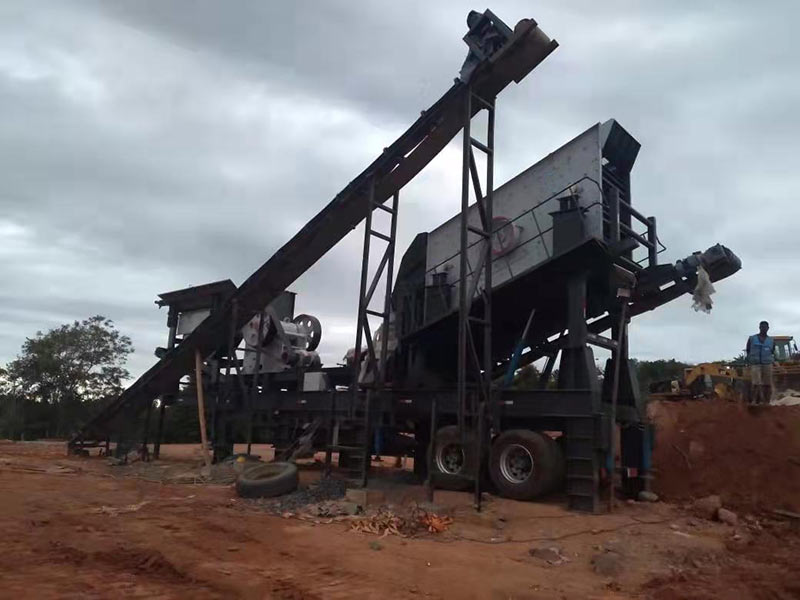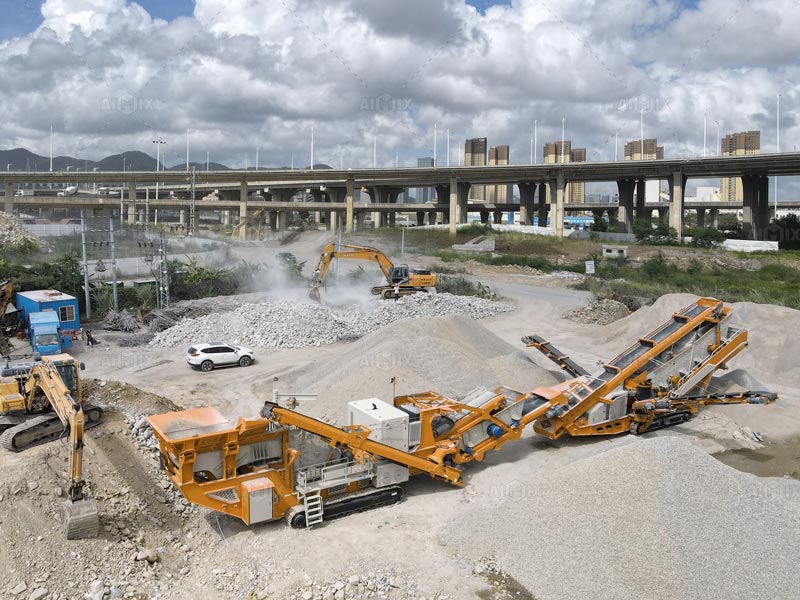Efficient operation of gravel crushing equipment is crucial for the production of high-quality aggregates. Whether you’re dealing with a gravel crusher, stone crusher, or rock crusher, understanding the nuances of these machines can significantly enhance their performance. This article delves into the best practices for managing an aggregate crusher plant, ensuring maximum productivity and longevity of the equipment.
Understanding the Basics of Gravel Crushing Equipment
Types of Crushers
The primary step in optimizing your aggregate crusher plant(plantas trituradoras de agregado) is understanding the different types of crushers available:
- Jaw Crushers: Ideal for primary crushing, jaw crushers handle large rocks and break them down into smaller, manageable pieces.
- Cone Crushers: Used for secondary or tertiary crushing, cone crushers further reduce the size of the aggregate.
- Impact Crushers: These crushers are suitable for softer materials and are used to achieve finer crushing.
- Gyratory Crushers: Similar to jaw crushers but with a concave surface and a conical head, gyratory crushers are used for heavy mining and quarrying applications.

Choosing the Right Crusher
Selecting the appropriate gravel crusher depends on the material’s hardness, abrasiveness, and moisture content. For instance, a stone crusher with a high reduction ratio might be more suitable for producing fine aggregates from harder rocks.
Best Practices for Optimal Crusher Operation
Regular Maintenance and Inspections
Routine maintenance is essential for the efficient operation of gravel crushing equipment:
- Daily Checks: Inspect the machine for wear and tear, unusual noises, and leaks.
- Lubrication: Ensure all moving parts are well-lubricated to prevent friction and overheating.
- Wear Parts Replacement: Monitor and replace wear parts like liners and jaw plates regularly to maintain efficiency.
Proper Training for Operators
Operator skill and knowledge play a critical role in the optimal functioning of rock crushers(planta trituradora de roca). Comprehensive training should cover:
- Operational Procedures: Understanding how to start, operate, and shut down the equipment properly.
- Safety Protocols: Emphasizing the importance of safety measures to prevent accidents and equipment damage.
- Troubleshooting: Equipping operators with the skills to identify and resolve common issues quickly.

Enhancing Efficiency with Advanced Technology
Automation and Control Systems
Modern aggregate crusher plants are increasingly incorporating automation and control systems to enhance efficiency. These systems provide:
- Real-time Monitoring: Continuous monitoring of equipment performance and material flow.
- Automated Adjustments: Automatic adjustments to crusher(trituradora de escombros portátil) settings based on real-time data, ensuring optimal performance.
- Data Analysis: Collection and analysis of operational data to identify areas for improvement.
Implementing Dust Control Measures
Dust control is a significant aspect of managing a stone crusher plant, impacting both worker health and equipment longevity:
- Water Sprays: Strategically placed water sprays can help suppress dust at critical points.
- Dust Collection Systems: Advanced dust collection systems can capture and filter airborne particles effectively.
- Enclosures and Barriers: Enclosing crushers and conveyor belts can significantly reduce dust dispersion.
Sustainable Practices for Aggregate Crusher Plants
Recycling and Reuse
Incorporating recycling practices within your aggregate crusher plant can lead to cost savings and environmental benefits:
- Recycled Aggregates: Using recycled concrete and asphalt as raw materials can reduce the need for virgin materials.
- Waste Management: Implementing efficient waste management strategies to minimize landfill use.
Energy Efficiency
Optimizing energy use is another critical aspect of sustainable operations:
- Energy-efficient Motors: Using motors with high energy efficiency ratings can reduce power consumption.
- Load Management: Managing equipment loads to operate during off-peak hours can lower energy costs.
Important source: http://aimixtrituradora.com/trituradora-de-grava
Conclusion
Maximizing the performance of gravel crushing equipment involves a combination of proper selection, regular maintenance, advanced technology implementation, and sustainable practices. By adhering to these best practices, operators can ensure their gravel, stone, and rock crushers run efficiently, producing high-quality aggregates and extending the lifespan of their machinery. Whether managing a small gravel crusher or a large aggregate crusher plant, these insights will help unlock the secrets to optimal operation.
